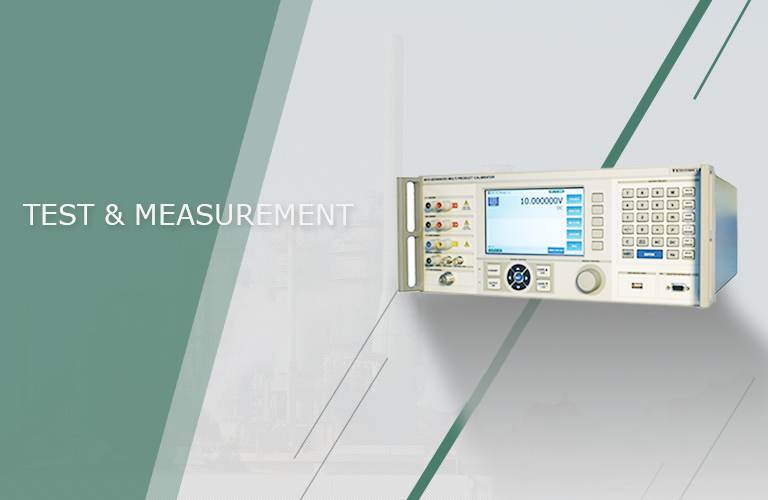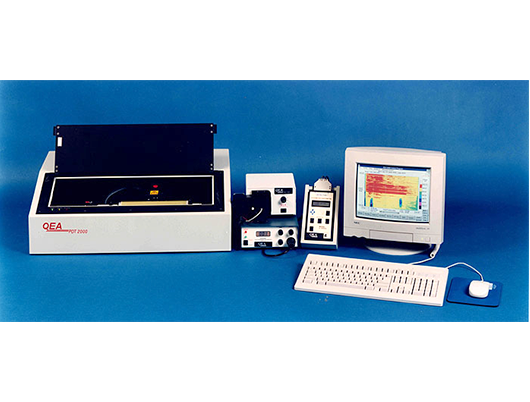














The PDT-2000LTM is an advanced drum test system for characterization of photoreceptors used in electrophotographic printers and copiers. Designed primarily for drum testing, the system can also be used for sheet sample testing by wrapping the test sample around a bare drum. The PDT- 2000LTM is typically used in production quality control and in research and development.
A standard PDT-2000LTM system consists of a light-tight scanner, an electrostatic voltmeter, an external exposure light source with fiberoptic light guide, an LED erase light source, and a light meter. The scanner supports a wide variety of drum types and sizes. The computer-controlled tungsten halogen light source is equipped with band-pass filters for wavelength selection. The control software runs on a PC with Microsoft Windows 7 or higher operating system and a minimum of two USB2.0 ports.
PDT-2000LTM test functions are software-controlled. Key test parameters, such as charging level, exposure energy, erase intensity, scan type, and scanning speed, are specified by the user. In a typical test session, the operator loads a drum into the scanner, selects the test to be run, sets the test parameters, and activates the test with the control software. The system performs the scan, gives a pass/fail reading based on user-specified parameters, and reports the results. The scan data are saved for further review and analysis and can be exported to other software.
• Charge acceptance scans
• Photo-discharge scans
• Dark decay measurement
• Cyclic fatigue tests
• Photo-induced discharge curve (PIDC)
• Erase residual measurement
• Axial and helical scans
• Single or multiple track scans
• Charge and discharge uniformity mapping
• Defect mapping
Drum Charging
Corona charging system
Negative corona standard, positive corona optional
Exposure Light Source
• Tungsten halogen light source
• One interference filter (typically 780 nm) and one neutral density filter (typically 10%) supplied with system; others available as options
• Interference filters available between 400 and 1000 nm (approximate 50 nm increments)
• Exposure on/off controlled by an electromechanical shutter; minimum pulse duration less than 0.1 second
• Computer-controlled aperture for setting exposure intensity; maximum exposure energy approximately 2μJ/cm2 at 780 nm wavelength and a scan speed of 400mm/s
• Light meter provided to monitor exposure intensity on-line
Erasure Light Source
• Erasure light source is a bank of red LEDs
• Maximum erasure energy typically 25μJ/cm2
Voltage and Current Measurement
• System is equipped with a non-contact electrostatic probe for monitoring drum voltage
• Charging current measurement is built in
Drum Dimensions
• Maximum drum length 360 mm
• Maximum drum diameter 60 mm
Scan Speed
• Maximum linear speed ~400mm/s


